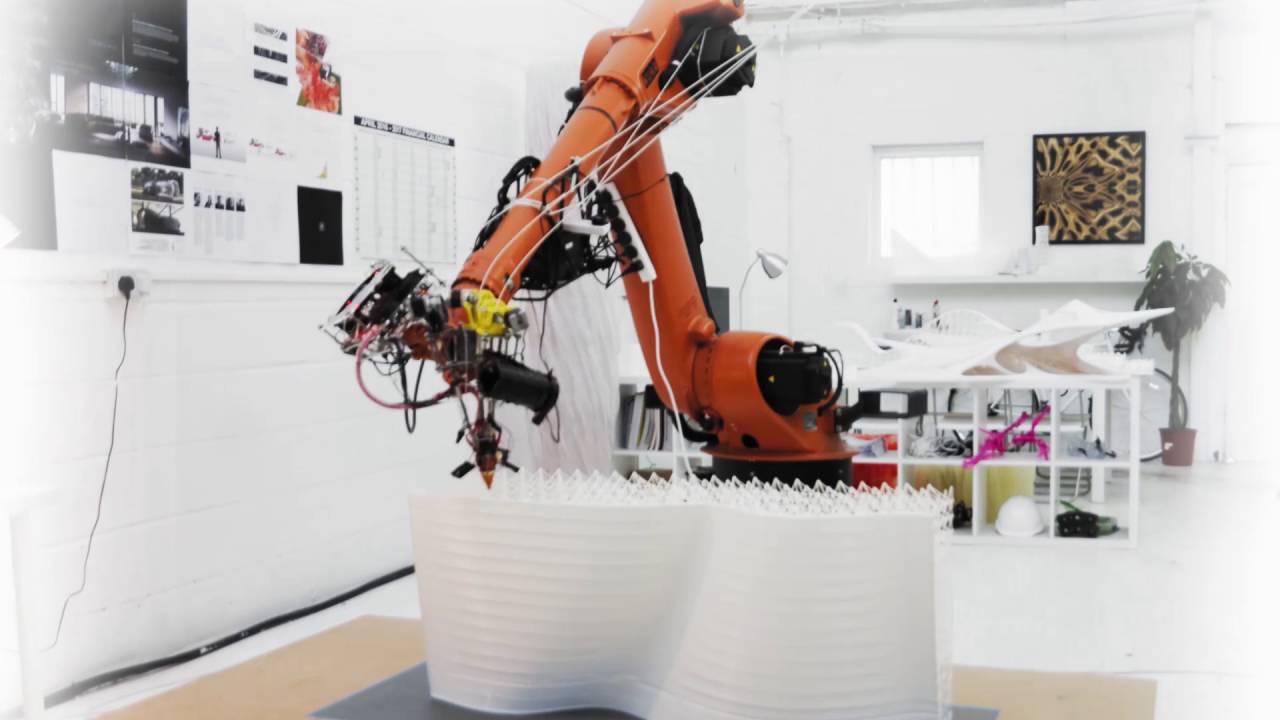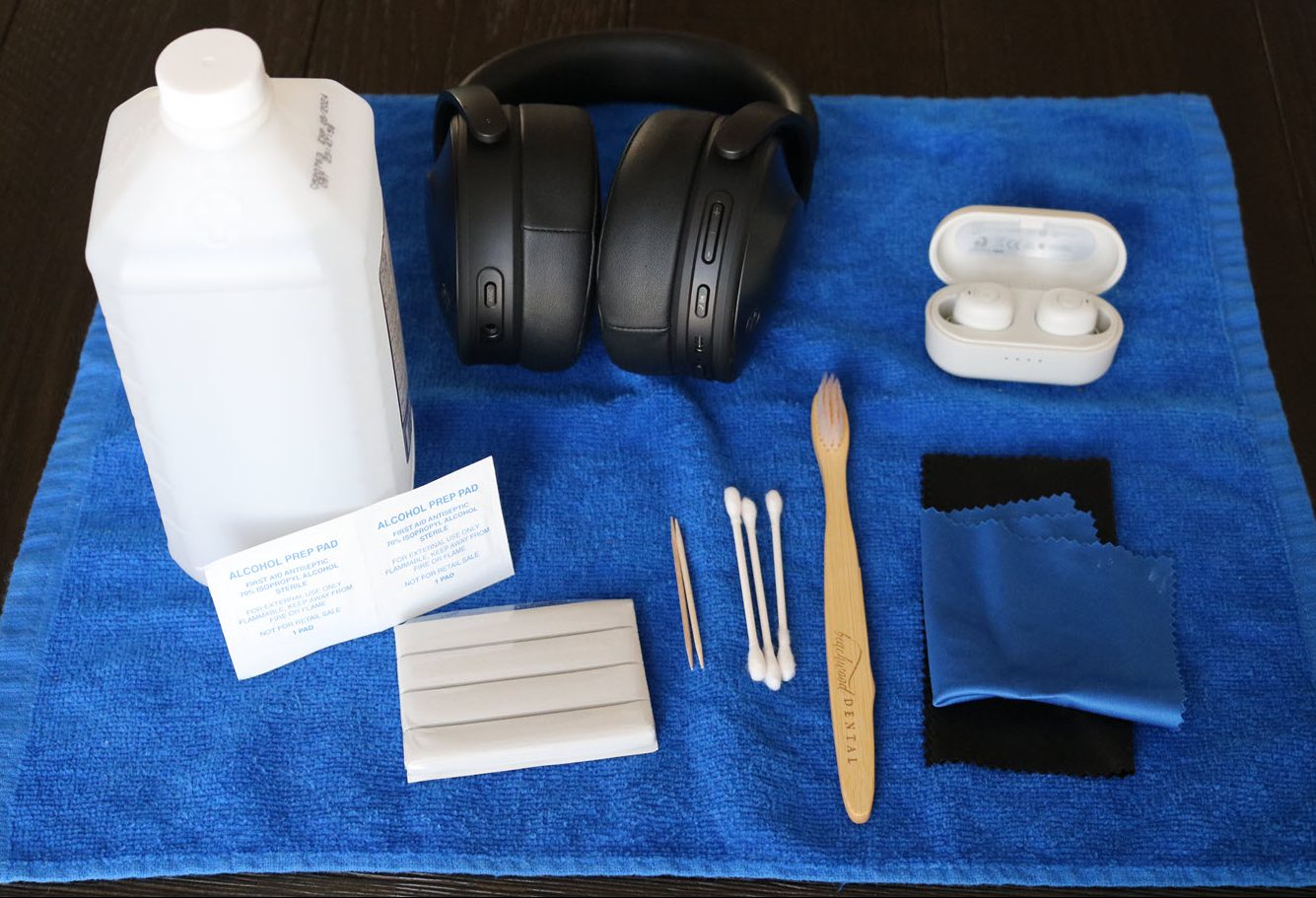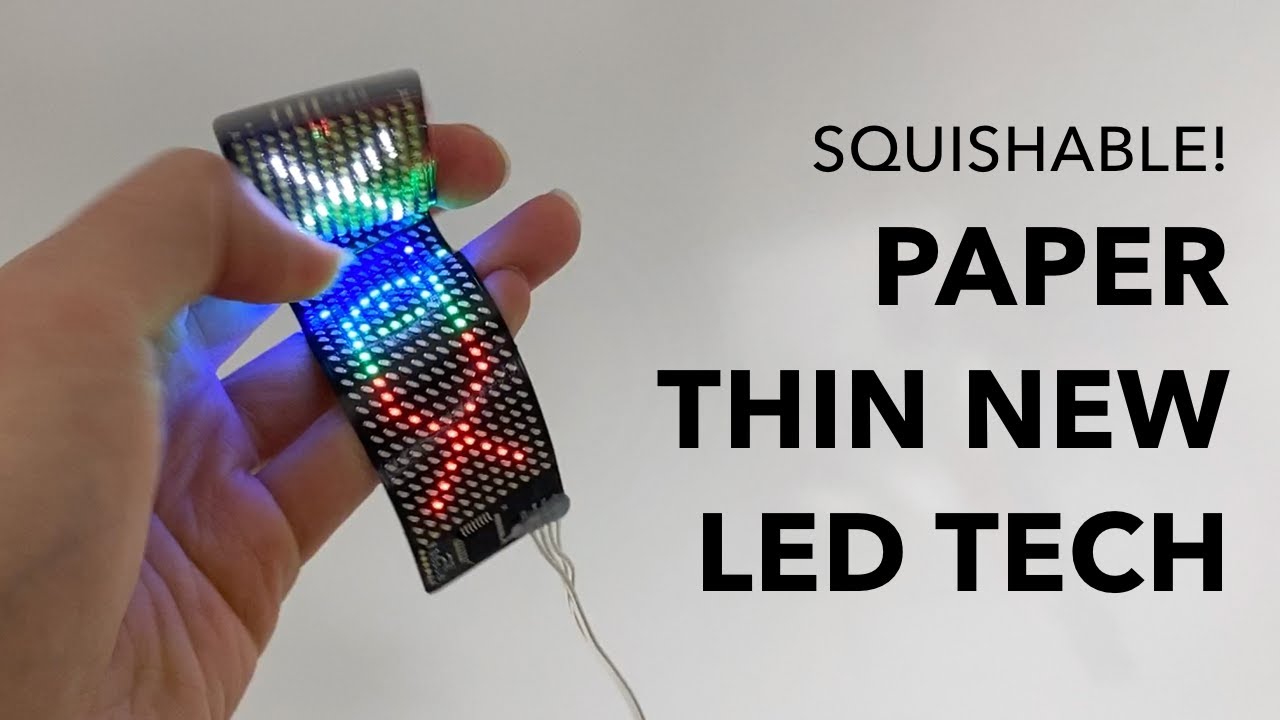
Robotic Palm: Pioneering Human-Like Touch in Robotics
Advancements in robotic technology are making waves in the realm of human-robot interaction, thanks to researchers at MIT’s Computer Science and Artificial Intelligence Laboratory (CSAIL). This innovative team has unveiled the GelPalm, a robotic hand designed with a sophisticated tactile sensor and agile fingers, setting a new benchmark for precision in robotic grasping.
The Evolution of Robotic Grip
The phrase “I’ll have you eating out of the palm of my hand” may soon take on a new meaning as robots become more adept at mimicking human touch. Traditionally, developing robots capable of gripping and handling objects with the same finesse as a human hand has posed considerable challenges. The introduction of the GelPalm design, however, promises to revolutionize this field, enabling robots to interact with objects in a more delicate and nuanced manner.
 Robotic technologies redefine interaction.
Robotic technologies redefine interaction.
The GelPalm employs a gel-based, flexible sensor embedded in its palm that draws inspiration from the soft, pliable nature of human hands. The embedded sensor uses cutting-edge illumination technology, utilizing red, green, and blue LEDs. This approach lights up objects and captures reflections through a camera, ultimately generating detailed 3D surface models. Such models allow the robotic hand to understand the contours of objects, facilitating improved interactions.
The Role of Flexible Fingers
But a palm is only as effective as the fingers that accompany it. To complement its palm, the MIT team has designed phalanges named ROMEO (RObotic Modular Endoskeleton Optical). These fingers are crafted from innovative materials and incorporate similar sensing technology as the palm, bringing versatility to the hand’s capabilities. What sets ROMEO fingers apart is their passive compliance—the ability to naturally adjust to varying forces without mechanical motors, thereby enhancing their agility and functionality.
This design philosophy emphasizes a greater surface area in contact with objects, enabling the robotic hand to securely grip items of various shapes and sizes. The manufacturing process employs 3D printing techniques, which simplifies production and significantly reduces costs, making this technology more accessible for future applications.
 Advancements in 3D printing facilitate innovative designs.
Advancements in 3D printing facilitate innovative designs.
A Safer, More Natural Interaction
The enhancements offered by the GelPalm extend beyond mere dexterity. One of its key benefits is the potential for safer interaction with objects, minimizing the risk of breakage and accidents during collaborations between humans and robots. This capability is particularly critical in settings that require human-robot synergy, such as in prosthetics or biomedical applications where delicate handling is vital.
As Liu, a leading researcher on the project, notes, “Our aim is to design a robotic end effector that can not only perform tasks but do so in a way that feels natural to humans.” This shift in focus, moving from solely enhancing finger dexterity to creating a more human-like interaction model, signals a significant evolution in robotic engineering.
Expanding the Horizons of Robotics
The implications of this breakthrough travel far beyond the laboratory. Industries looking to integrate robotic systems into their workforce stand to benefit immensely from tools that can mimic human finesse and adaptability. The GelPalm design opens the door to a multitude of applications, including advanced prosthetic limbs that can interact seamlessly with a range of objects and human-like robotic counterparts that can assist in various tasks, from healthcare to manufacturing.
The groundwork laid by these MIT researchers not only betters the efficiency of robotic systems but also positions humanity closer to a future where robots enhance our lives through a more instinctive and sensitive touch.
 The future of robotics is sensitive and sophisticated.
The future of robotics is sensitive and sophisticated.
In conclusion, the GelPalm and its accompanying ROMEO fingers represent a pivotal step toward bridging the gap between robotic systems and human capabilities. As we continue to explore the intricacies of robotics and human-robot interaction, the potential for collaborative tasks appears brighter than ever. The advancements at MIT CSAIL signify a promising leap forward in making our robotic counterparts not just effective tools, but intuitive partners in our daily lives.
Explore More
To learn more about the ongoing research at MIT in robotics and engineering, visit the CSAIL website or explore related innovations in prosthetic technologies.













